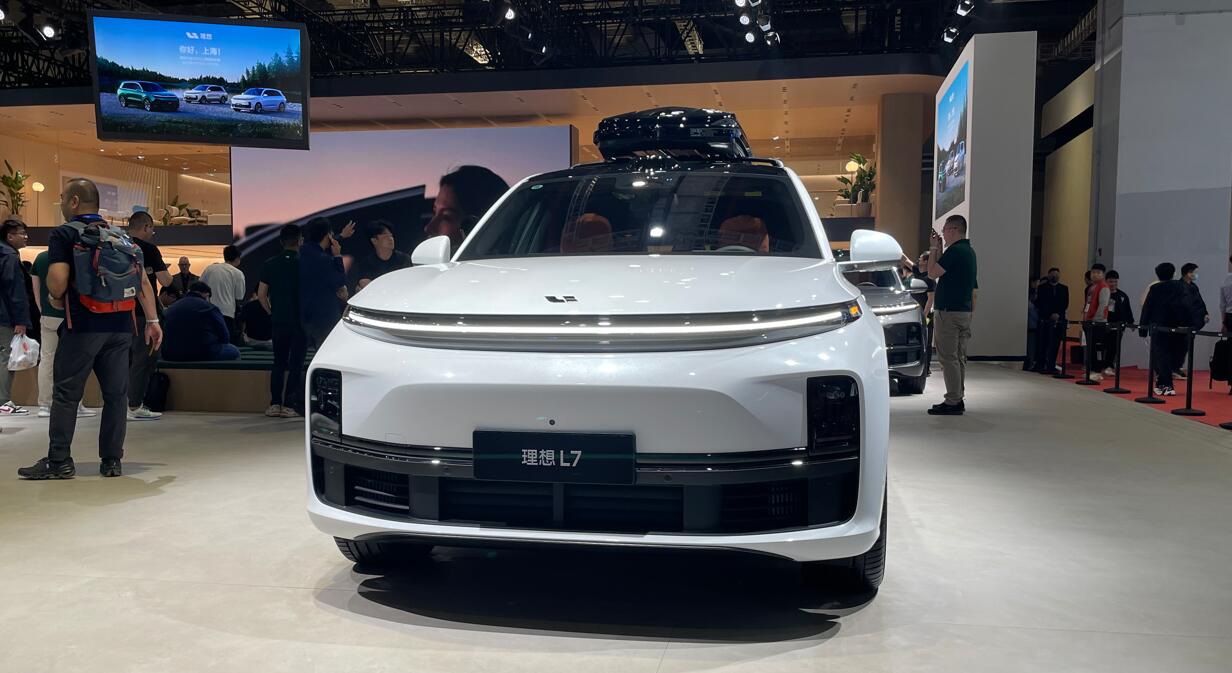NIO Capital participated in a RMB hundreds of millions Series A round of funding for CIX Technology, after previously co-leading the company's Pre-A round.

(Image credit: NIO Capital)
CIX Technology, a Chinese startup that builds computer CPUs based on ARM architecture, recently closed new funding from several investors, including NIO Capital.
NIO Capital said today that it participated in CIX Technology's multi-hundred-million-yuan Series A funding round after co-leading the company's Pre-A round.
Following the completion of this round, CIX Technology will continue its efforts in the general-purpose CPU space to accelerate the design and development of next-generation CPU chips, according to NIO Capital.
Founded in 2021, CIX Technology is focused on developing general-purpose CPUs for scenarios including personal computing, in-vehicle computing, and metaverse infrastructure.
NIO Capital's press release today does not mention the amount or valuation of CIX Technology's Series A funding.
According to CIX Technology's press release, the financing was co-led by Tongge Venture Capital, 37Games, and followed by NIO Capital as an existing shareholder.
On July 18, 2022, LatePost reported that CIX Technology closed a new round of funding of about $50 million at that time, co-led by NIO Capital and Qiming Venture Partners.
It was also CIX Technology's fourth funding round in its nine months of existence, giving it a post-round valuation of about $300 million, according to the report.
While most startups want to enter the chip manufacturing market from server CPUs, CIX Technology's first product is a computer CPU, similar to Apple's M1 chip.
CIX Technology's founder, Sun Wenjian, was the former head of AMD's customer customization division in China. He saw the time as ripe to start a business in the field of CPUs based on the ARM architecture after Apple released the M1 chip in November 2020, according to LatePost.
CIX Technology joined Linaro's Windows on Arm Group in July last year.
CIX Technology will be responsible for native Arm development, native application support and localization to help build the global Windows on Arm ecosystem, NIO Capital said in a press release at the time.
NIO Capital reportedly leads investment in local computer CPU maker CIX Technology
The post NIO Capital ups bet on ARM CPU startup CIX Technology appeared first on CnEVPost.
For more articles, please visit CnEVPost.









